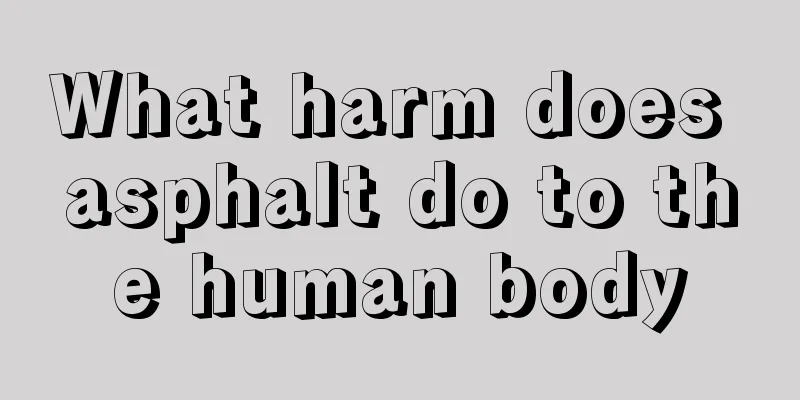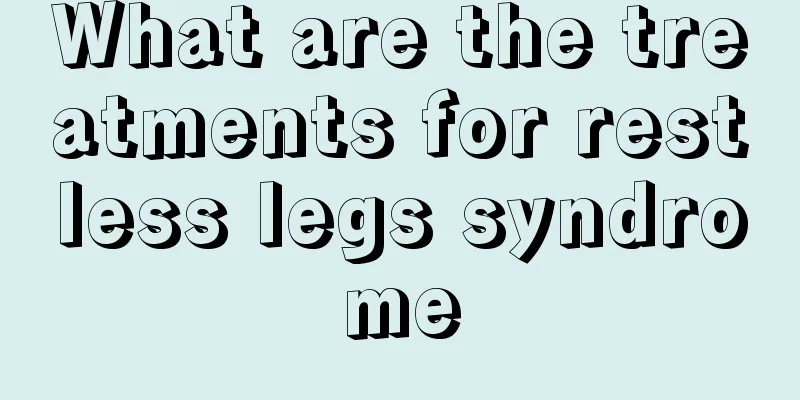What are the symptoms of varicose veins?

|
In life, we may suffer from diseases due to some congenital or acquired factors. Usually, our body will have some unusual symptoms after the disease occurs. If we can pay enough attention to these symptoms and give effective treatment as soon as possible, the development of the disease can be controlled and the harm to the patient will be much less. Varicose veins are also a relatively common vascular disease that needs our attention. In normal times, it is best for us to have a preliminary understanding of its symptoms so as to achieve early detection and treatment. So, what are the symptoms of varicose veins? Varicose veins refer to the tortuosity and dilation of veins due to factors such as blood stasis and weak venous walls. Varicose veins can occur in many parts of the body. For example, hemorrhoids are actually a type of varicose veins. Other clinically visible varicose veins include esophageal varicose veins, varicocele, abdominal wall varicose veins, etc. The most common site of varicose veins is the lower extremities. It is worth emphasizing that varicose veins are secondary manifestations of other lesions. Causes There are many causes of varicose veins in the lower limbs, the most common of which is simple superficial varicose veins in the lower limbs, the main cause of which is the insufficiency of the femoral saphenous vein valve. Another important cause is primary deep venous insufficiency (PDVI) of the lower extremities, which is often combined with great saphenous vein valvular insufficiency and often manifests as tortuous dilatation of the superficial veins. In addition, post-deep vein thrombosis syndrome in the lower limbs causes compensatory tortuous dilatation of the superficial veins due to poor deep vein reflux; lower limb arteriovenous fistula and venous malformation hypertrophy syndrome can also present with varicose veins of the lower limbs; obstruction of inferior vena cava reflux, such as Budd-Chiari syndrome, can also lead to varicose veins of the lower limbs. Clinical manifestations 1. The surface blood vessels are varicose like earthworms, obviously protruding from the skin, and the varicose blood vessels are in the shape of masses or nodules; 2. There is a sore and swollen feeling in the legs, pigmentation, desquamation, itching of the skin, and edema of the feet and ankles; 3. Strange sensations in the limbs, such as tingling, itching, numbness, or burning sensations; 4. The epidermal temperature rises, with pain and tenderness; 5. Local gangrene and ulcers. If it is simple varicose veins of the lower limbs, the clinical symptoms are generally mild and progress slowly, mostly manifested as simple varicose veins. In a few cases, there may be thrombophlebitis, venous ulcers, etc.; if it is deep vein valve insufficiency or even deep vein reflux obstruction, the condition is relatively serious, with a feeling of heaviness when standing in the calf, easy fatigue, and even swelling and bursting pain in the lower limbs. In the later stage, nutritional changes in the skin occur, desquamation, atrophy, pigmentation, and the formation of eczema ulcers. |
<<: What are the main methods of forehead filling
>>: Is there any way to improve a flat forehead
Recommend
Why do we cry when we are sad
Crying when you are sad is a natural emotional re...
Recipes for nourishing the stomach and losing weight
Many people want to achieve quick results when lo...
Is it better to use a primer or BB cream for oily skin?
People with oily skin are best to choose isolatio...
Analysis of symptoms of colon cancer
Do you know something about colon cancer? Do you ...
How to use tampons to avoid gynecological diseases
When female friends use sanitary products during ...
What are the symptoms of a fertilized egg looking for a bed?
Once women become pregnant, a series of changes w...
Konjac shreds calories
Konjac is a very common food ingredient in our da...
Can small cell lung cancer be cured?
Can small cell lung cancer be cured? Many people ...
Finger bandage method
Mastering first aid knowledge is essential common...
Which acupuncture point on the sole of the foot can be massaged to lose weight
I believe that many friends have a special liking...
I became ugly after eyelash extensions
With the development of modern beauty technology,...
What can I use to clean the refrigerator
Many families use refrigerators, but most people ...
Is hair spray poisonous
A good hairstyle can improve personal temperament...
Can the one with one big breast and one small breast be restored
Everyone knows that female breasts are a very imp...
Aortic valve auscultation area
The organic murmur caused by aortic regurgitation...









